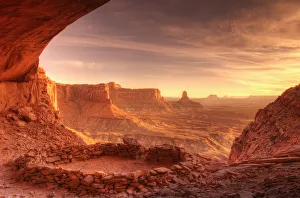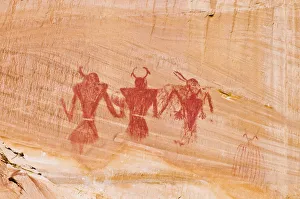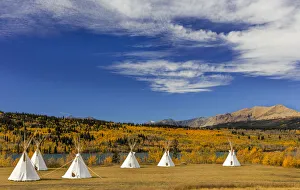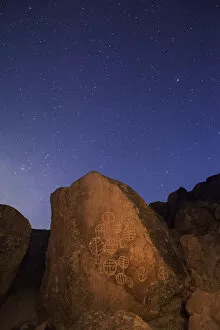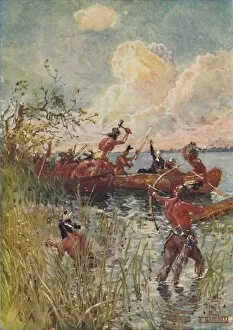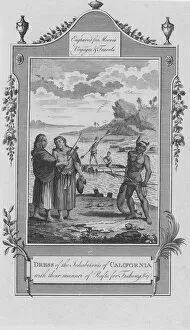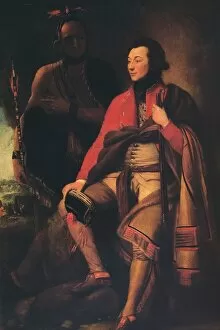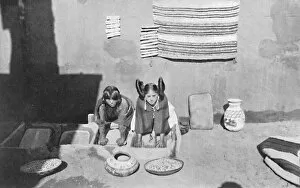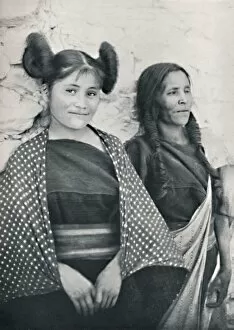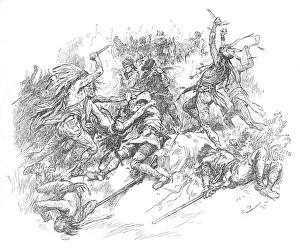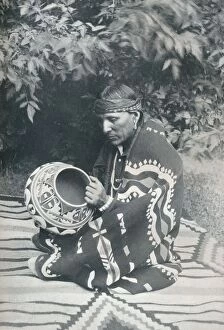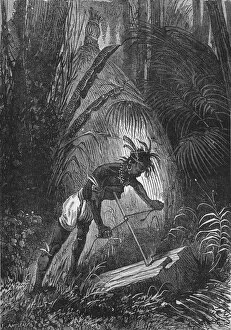Native American Collection (page 100)
"Exploring the Rich Heritage of Native Americans: From Captivity to Leadership" Hannah Duston Escapes from Capture by Native Americans
All Professionally Made to Order for Quick Shipping
"Exploring the Rich Heritage of Native Americans: From Captivity to Leadership" Hannah Duston Escapes from Capture by Native Americans: In a tale of resilience and survival, Hannah Duston's daring escape from captivity by Native Americans serves as a testament to the indomitable spirit of early settlers. Geronimo: American Apache Leader: Geronimo, an iconic figure in Native American history, embodied strength and resistance against encroachment on his people's lands. This 1887 photograph captures the essence of his leadership. Tracing American Indian Tribe Locations in 1715: Delve into the intricate tapestry of indigenous cultures with this map showcasing various American Indian tribe locations in 1715, highlighting their rich diversity across North America. Santa Fe Indian Market: Celebrating Native American Artistry: Immerse yourself in the vibrant colors and exquisite craftsmanship at Santa Fe's renowned Indian Market, where traditional art forms like native baskets come alive with cultural pride. The Wild West Chronicles: Native American Attack on a Western Stagecoach: Step back into an era shrouded in myth and legend as we recount a thrilling encounter between brave pioneers and fierce warriors during a dramatic Native American attack on a western stagecoach. Cowboys & Natives: A Cultural Encounter Through Playing Cards (c1915): Uncover fascinating glimpses into cross-cultural interactions through vintage playing cards depicting cowboys engaging with Native Americans—a visual representation of shared histories. Eleazer Wheelock Founding Dartmouth College (1770): Bridging Cultures: Discover how Eleazer Wheelock's vision for education led to the founding of Dartmouth College—an institution that aimed to bridge gaps between European settlers and Indigenous communities. Mapping Ancient Roots: American Indian Tribe Locations circa 1700: Journey through time as we explore ancient tribal territories across North America around 1700—revealing the ancestral lands that shaped Native American cultures. Sitting Bull.





